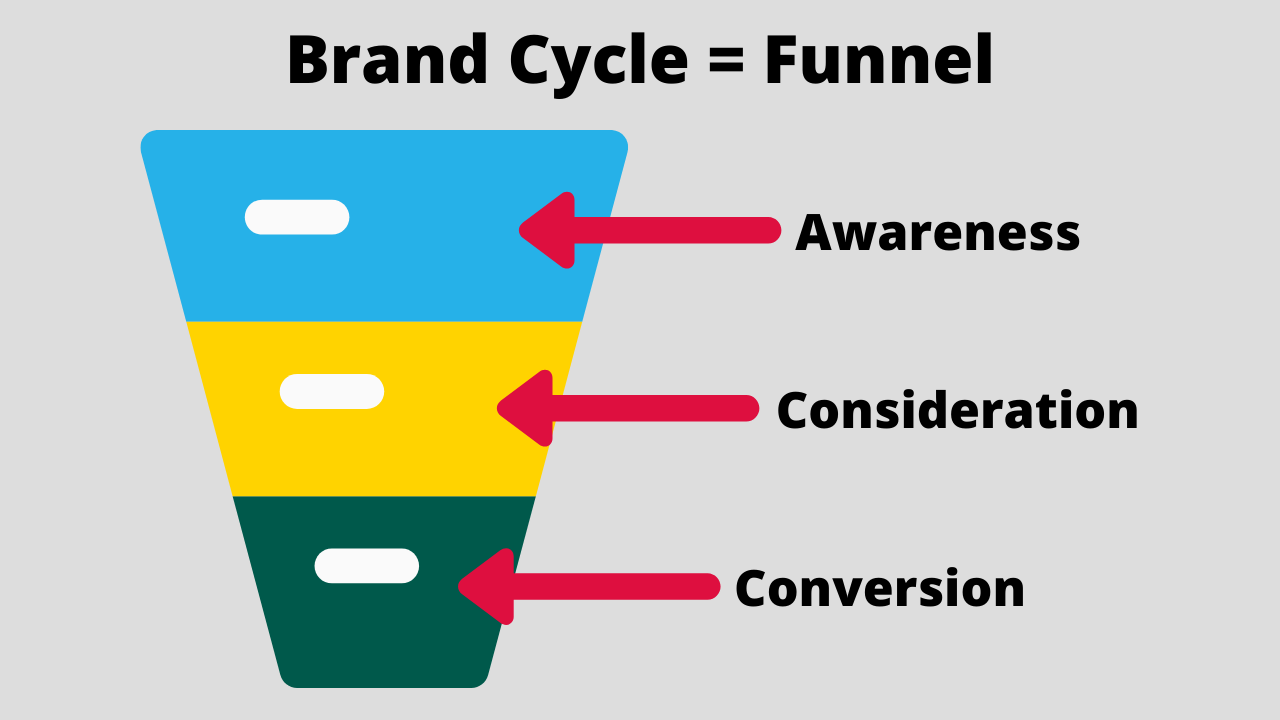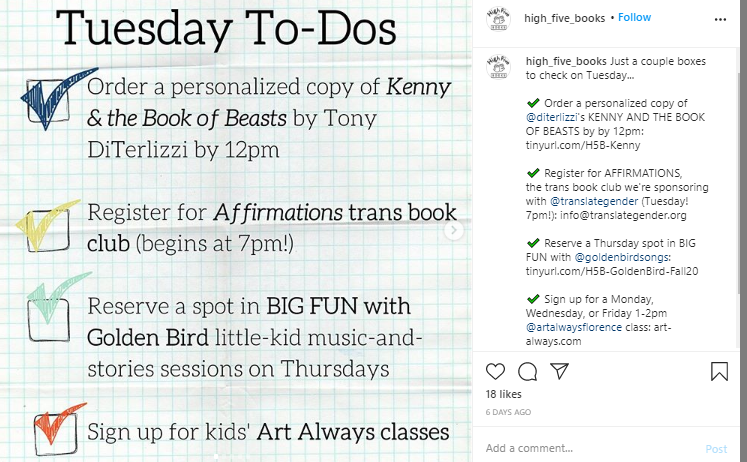Why Marketers Use Brand Cycles and Why You Should, Too!
Why do marketers use brand cycles? Because their ads are more successful when they do. Why should you start using brand cycles? Because your ads will become more successful, too!
While your mission when marketing is to get people to buy your products and services, the hard truth is this: people don't like to be told to buy things when they're not ready. And no matter how well-written or designed your ad might be, that won't change.
There are stages that a buyer goes through before they actually make a purchase. They still need to get to know your brand, consider whether your products/services are worth spending their money on, and then they will spend their money.
These stages are called: the brand cycle.
How Do Brand Cycles Work?
Basically, the brand cycle gives you important insight into your audience.
Think of it as a funnel. And each section of the funnel indicates different stages your audience is in. These stages are called: awareness, consideration, and then conversion. Every audience member will go through these stages before they buy something.
These stages are important because they shape what type of content you should make to guide your audience to the next step in purchasing. For example, someone in the "awareness" stage of the cycle isn't going to be affected by content created for someone in the "conversion" stage of the cycle.
Why? Because your converted audience has already decided to make a purchase, while your awoken audience has only just realized that your business exists (and, at that moment in time, they don't trust your business enough to spend their money on anything you're selling).
So now that you know how important brand cycles are - keep reading to become familiar with each one!
Stage One: Awareness
When creating content for your audience in this stage, there is one important fact that you need to remember: they don't know you!
Either they are completely unaware that your business exists, or they know you exist but aren't familiar with your story. This means that the focus of your content should be to help them become familiar with you. In other words: build awareness.
How to Build Awareness
Use low-intent keywords and hashtags - these provide a more informational/educational feel to your copy that avoids sounding too salesy.
Avoid using high-intent keywords and hashtags - words that push towards a transaction will scare off an audience that doesn't trust you.
Only target relevant audiences - don't waste your budget and time attempting to target audiences who do not have the potential of buying your product/service.
Choose the right network - where is your target audience? Which social media platforms are they using?
Note: 40 - 50% of your content will fall into this category.
Stage Two: Consideration
Those in the consideration stage of the brand cycle will showcase their consideration through engagement: liking your posts, sharing your content, following your page... etc. They know you exist, are becoming more familiar with your brand, and they like what you produce. So what's stopping them from making a purchase?
A few things. They might be comparing you to your competitor; they might be debating whether or not they truly need your product/service; or they can be stopping themselves for completely different reasons.
Whatever their reasoning is, your goal is to drive them to your website to review your products. Not only will this bring them one or a few clicks closer to your purchasing page, but your website will provide them with all the information they need to make their final decision to buy from you.
How to Increase Traffic/Webpage Views
Create informative copy - they know they want your product/service, so here is your chance to tell them why they need it.
Create product-focused copy - tell them what you're offering! Include links - make it easier for them to find what your content is focused on, whether it be your website home page or your product page.
Use Call-To-Actions (CTA's) - you've given some information about your product or service. What do you want them to do now? Get more information! Encourage your audience to visit your website with CTA's.
Tell them you're unique - your audience might be considering buying from other sellers. So share why you are the better option.
Use higher-intent keywords - now is your time to use words that encourage transactions.
Note: 30 - 40% of your content falls into this category.
Stage Three: Conversion
In this stage, your audience is ready to make a purchase. The potential problem is: they might be ready to make a purchase somewhere else. You've shown them that your business exists, and you've proven to them that what you sell is important - and now it's time to inform that that your product/service is the best one to receive.
Your goal in this stage is to minimize conversion barriers.
How to Minimize Conversion Barriers
Show consumers how to purchase - use CTA's such as "sign here" or "click here."
Share product/services key benefits - they might still be doubting whether to buy from you, so convince them that it's for their best interest.
Use promotional messaging - this is the stage in which you create ad copy!
Note: 10 - 30% of your content falls into this category.
What Now?
While I have just described the three main stages of the brand cycle - the cycle doesn't end here. Ideally, you want the people who have already purchased from you to continue purchasing from you. The next two stages you are aiming to bring them to are called the Loyalty Stage and the Advocacy Stage.
The Loyalty Stage is where your audience is when they constantly buy from you. The Advocacy Stage is where your audience goes when they recommend your product/services to others.
And there can be many other stages beyond these two and before these two, as well. The point is that once you have perfected your strategy for the main three, you can expand on your strategy to make it more complex and specific.
For more lessons on social media marketing, sign up for our course! Click the button below to enroll.






